Cajun grasshoppers are a predator that sometimes can wipe out crops fast. We don't have to deal with them out here but where I grew up they were everywhere. I found this on the net. It has a lot of good info.
Predators
Blister beetle and ground beetle larvae attack the egg pods of grasshoppers. They are both capable of consuming between 50 to 60% of grasshopper egg pods.
Snakes, toads, cats and skunks feast on hoppers.
Bird predators include bluebirds, brown thrashers, crows, hawks, mockingbirds, meadowlarks and sparrows.
Horse-hair worm, a large nematode up to several inches in length parasitizes and kills hoppers.
Robber flies and spiders will feed on grasshoppers.
Field mice and many types of rodents will dig up and eat the egg pods. They also feed on the adults.
Chickens, ducks and Guinea hens are prolific consumers of hoppers. Muscovy ducks are tops!
Preying mantis love to eat grasshoppers!
Fish: One of our visitors reminded us how fish love to dine on hoppers! He goes on to add that live hoppers make excellent fish bait and that the bigger the hopper the bigger the fish you can catch. Bass are extremely fond of them.
Barriers
Plant the herb horehound (Marrubium vulgare) which is known to repel grasshoppers.
Grasshoppers do not like cilantro which is used by many organic gardeners as a barrier crop.
Plant calendula as a barrier deterrent.
Spray a heavy infusion of garlic oil as a repellent.
Grasshoppers are attracted to monocultures and do not like nitrogen-fixing crops like peas and sweet clover.
Row covers, like Reemay, or screens can be effectively used to keep them from your crops.
Garlic Oil Spray
To make: Combine 3 ounces of minced garlic cloves with 1 ounce of mineral oil. Let soak for 24 hours or longer. Strain.
Next mix 1 teaspoon of fish emulsion with 16 ounces of water. Add 1 tablespoon of castile soap to this.
Now slowly combine the fish emulsion water with the garlic oil. Kept in a sealed glass container this mixture will stay viable for several months. To use: Mix 2 tablespoons of garlic oil with 1 pint of water and spray.
Traps and Sprays
Nosema locustae is a one celled parasite that infects and kills the hoppers when they ingest it. A single treatment can last for several years. Hoppers being of a cannibalistic nature will eat the dead parasite infected bodies. This sets in force a chain reaction passing the parasite from generation to generation. Certain species of hoppers may expire within several hours after treatment whereas others may take 4-6 weeks to be affected. Nosema locustae can be purchased at local nurseries and through many mail order sources.
It is generally sold already mixed with branmeal or you can mix it with branmeal yourself to entice the hoppers. Apply Nosema locustae as soon as hoppers begin to hatch. You definitely want to treat by the time they hit the third or fourth instar stage. It has little effect past these stages and on adults.
Apply at a rate of 1-2 pounds per acre. You can make a second application after 4 weeks.
Sink glass jars into the soil. Fill to the halfway point wit a mixture of 10 parts water to 1 part of molasses. The hoppers are drawn to the sweet smell of the molasses, they dive in and drown. Clean traps as needed.
Try a caffeine spray. Brew coffee 5 to 10 times stronger. Cool and spray as is.
Try a pepper spray using jalapenos, habaneros or any HOT pepper to repel the adults. Include some castile soap in with this.
Spray insecticidal soap mixed with beneficial nematodes directly on grasshoppers in the evening.
Diatomaceous earth applied as a dust can be an effective control. DE has razor sharp edges that penetrate the hoppers exoskeleton, dehydrating them and killing them. The same effect is had internally as they will also eat DE. Be sure to wear a mask when working with DE, you do not want to inhale it!
Gardeners can use organic botanical products like pyrethrin to knock down nymphs in the first or second instar.
A word on Diatomaceous earth: 30 million years ago, silica shells of one-celled algae (diatoms) built up on the ocean bottoms forming deep deposits called diatomite. These fossilized shells are mined and milled they produce the razor sharp shards of silica, a desiccant.
DE looks and feels like talcum powder; but to an insect it is a lethal dust that scratches and absorbs the wax coating on the insects' surface, leaving it to die from dehydration. DE will eventually kill any insect that is exposed to it and will kill earthworms. DE does not break down in the environment, so it remains effective until it is washed away or turned into the soil. It is non-toxic to mammals, but will irritate the mucous membranes!
DE has a high mineral content and will add these minerals to the soil, improving it.
Neem Oil: A controversial topic among organic gardeners: neem oil is not to be dismissed lightly. Made from the seed of the Neem (azadirachta indica) tree, a shade tree native to India. The active compound azadractin is extracted using water, alcohol or petroleum ether. Neem has been used for centuries in India to protect stored grains.
Neem has many different effects on insects. It acts as an insect antifeedant and repellant. It can stop or disrupt insect growth (IGR = insect growth regulator) and sterilizes some species. Also of interest Neem has now been classified as an ovicide, mildewcide and miticide. It has now been approved for use on food crops.
For grasshoppers it should work as an IGR on the nymph stages of hoppers however you must be judicious in your spray program to get good control. As far as the adult stage we have consistently found that any plant sprayed with neem was not eaten by the hoppers. They actually land on the plants, but have not been observed to eat them at all. Other studies indicate no antifeedant success when using neem.
Fall cultivating will help expose buried egg pods to the weather and helps to discourage laying.
Black Strap Molasses: combine 4 ounces of this with one quart of water. Spray directly on hoppers. This will clog their pores so they cannot breath resulting in their death.
Henbit: A tea made from this weed and used as a spray may have some possibilities to repel hoppers.
Leaving areas of tall grass uncut can help by giving hoppers food and a refuge. You can then use the treatment of your choice to get at them in the contained area.


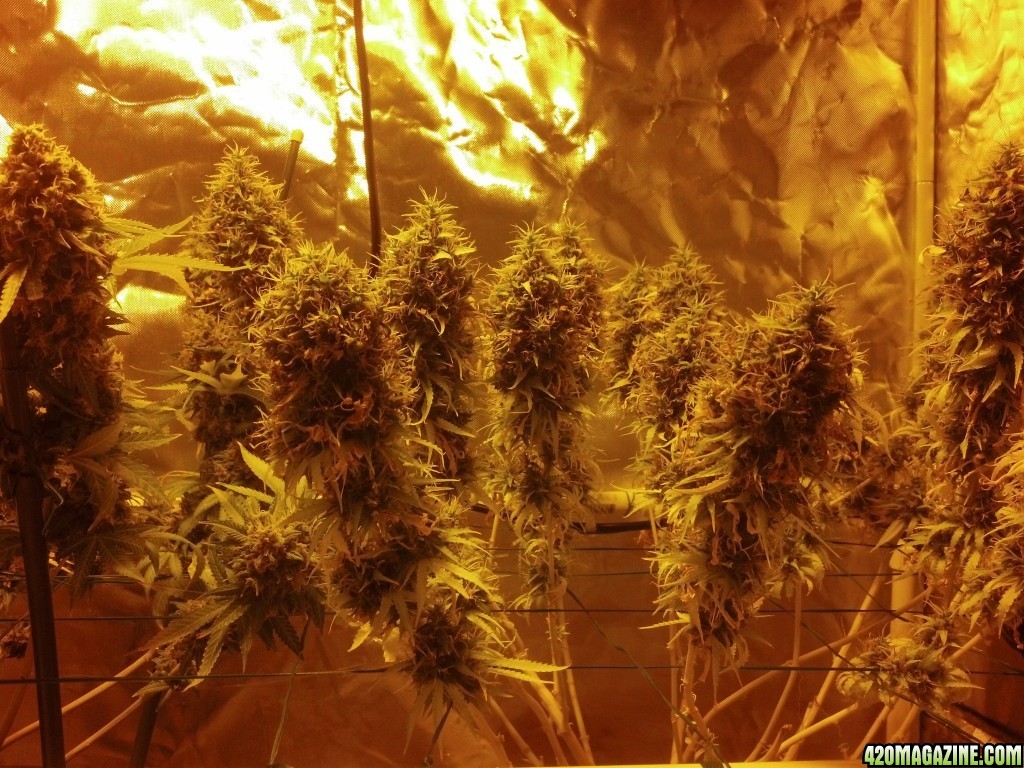
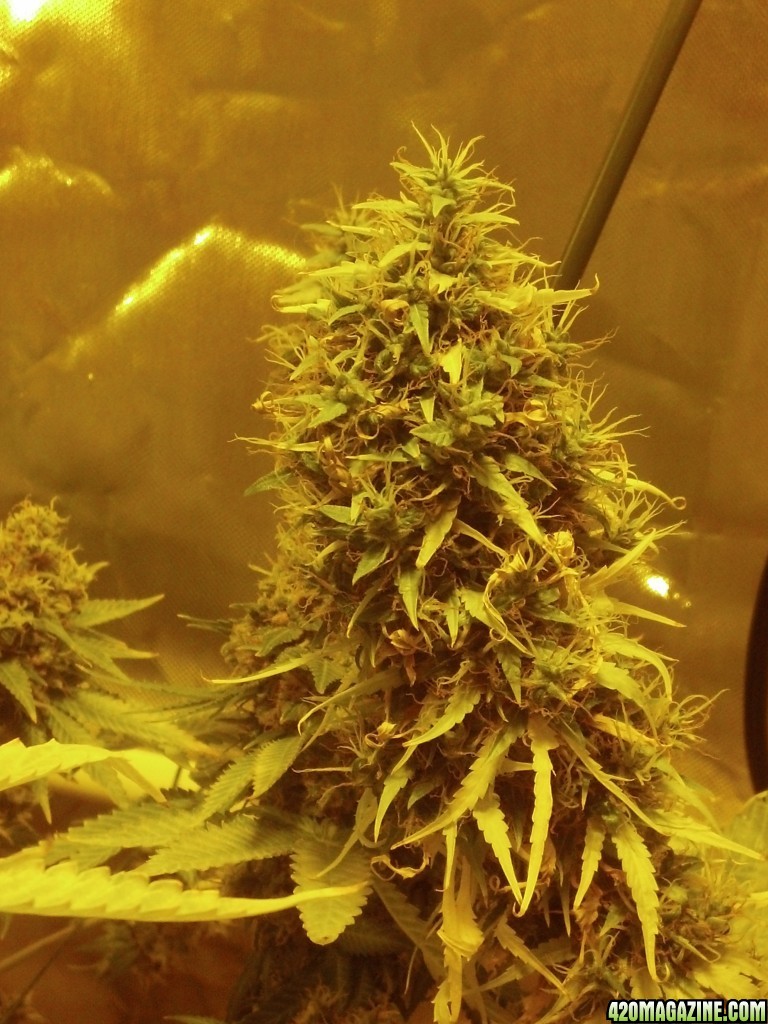
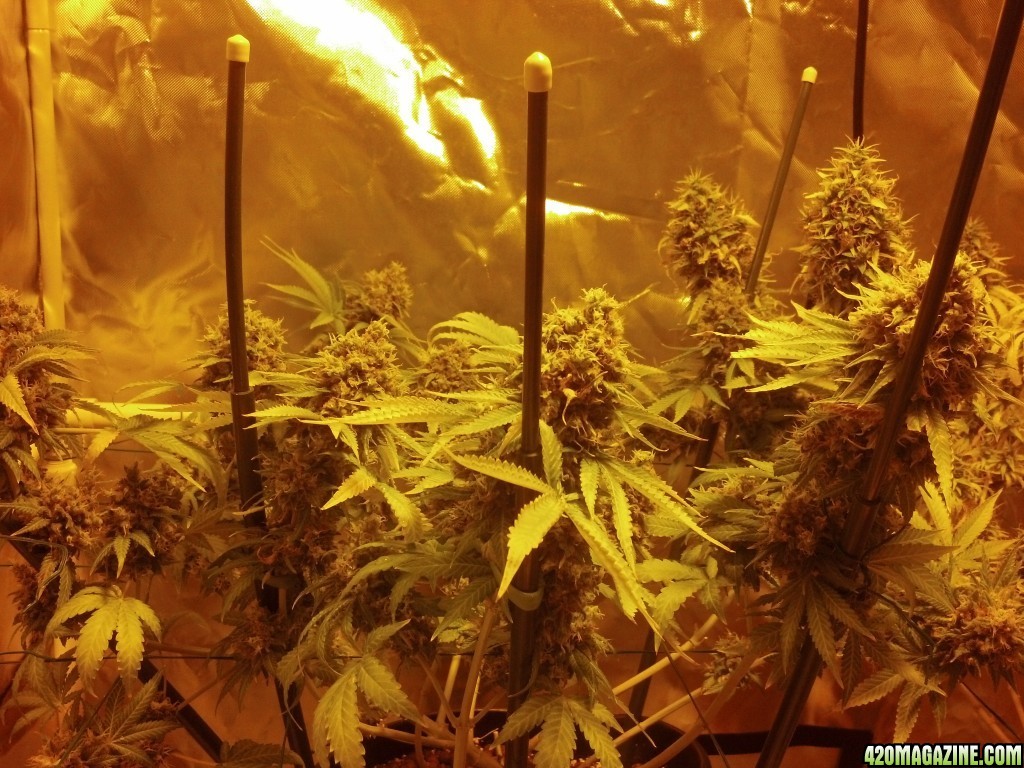
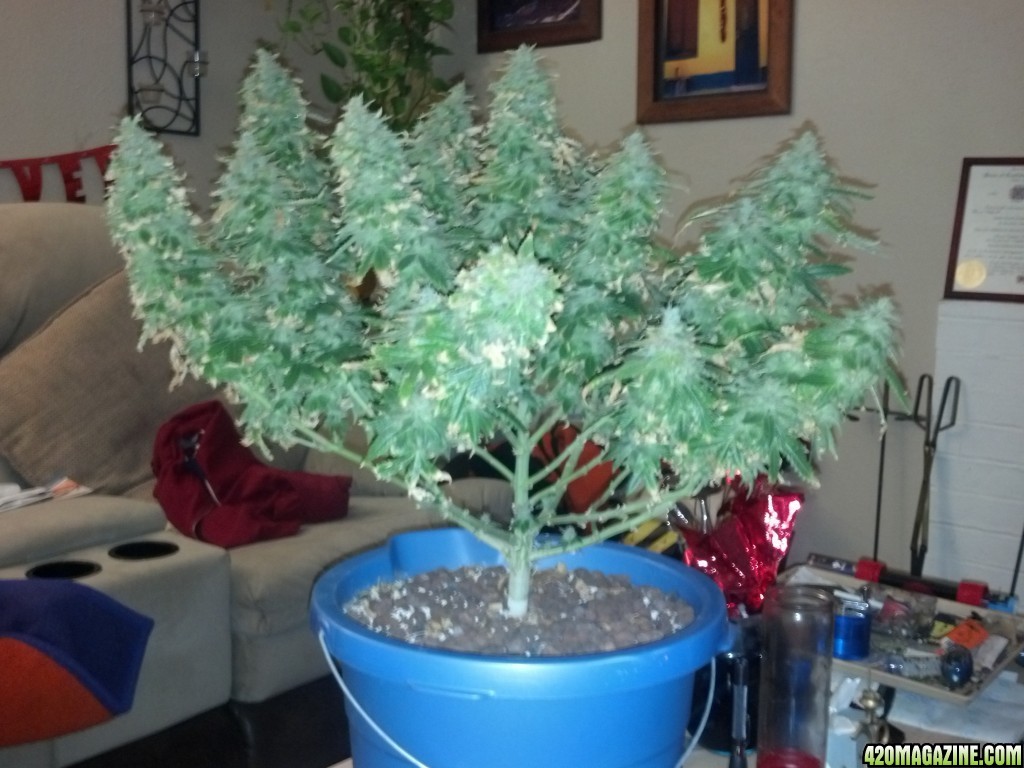
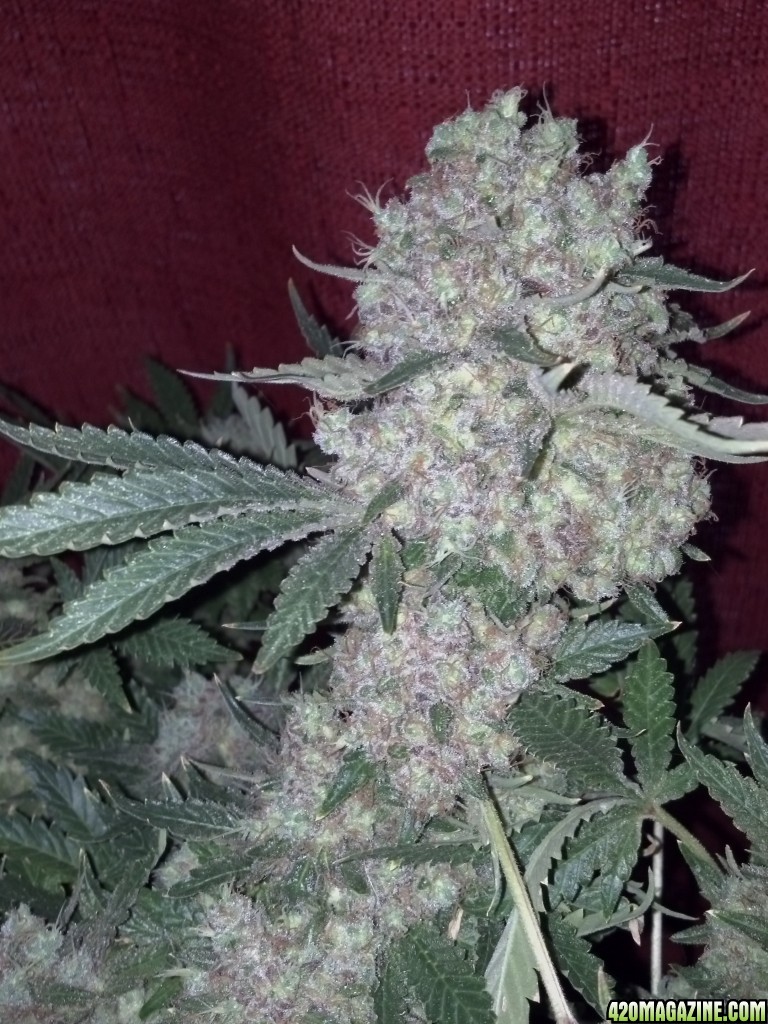
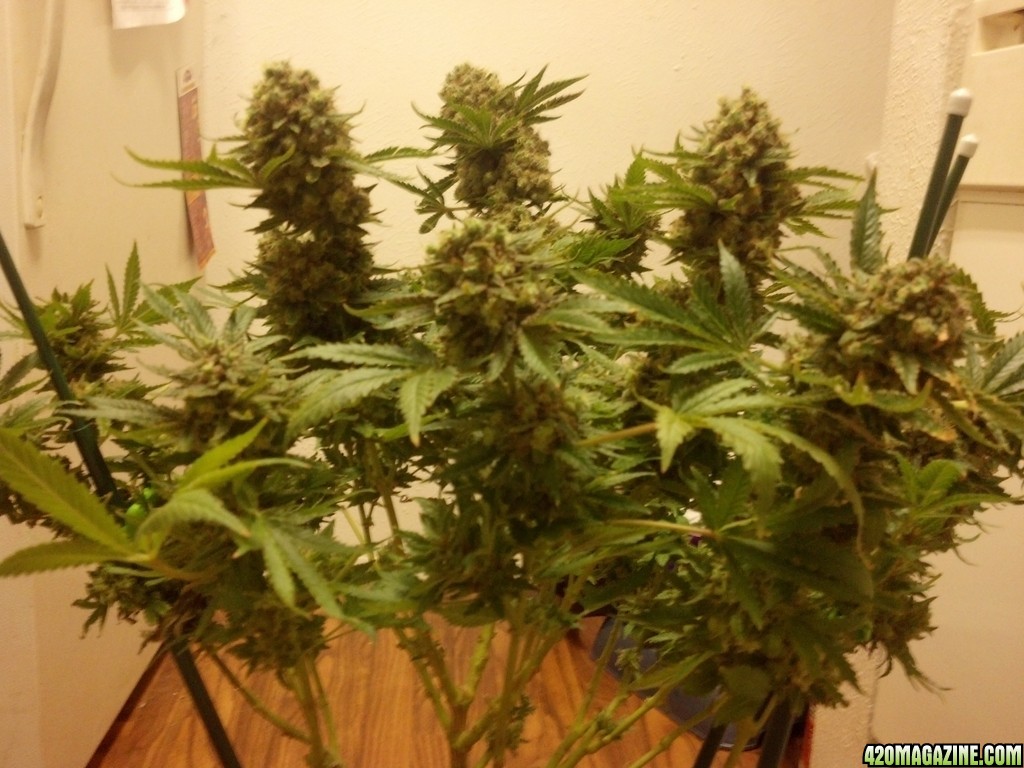
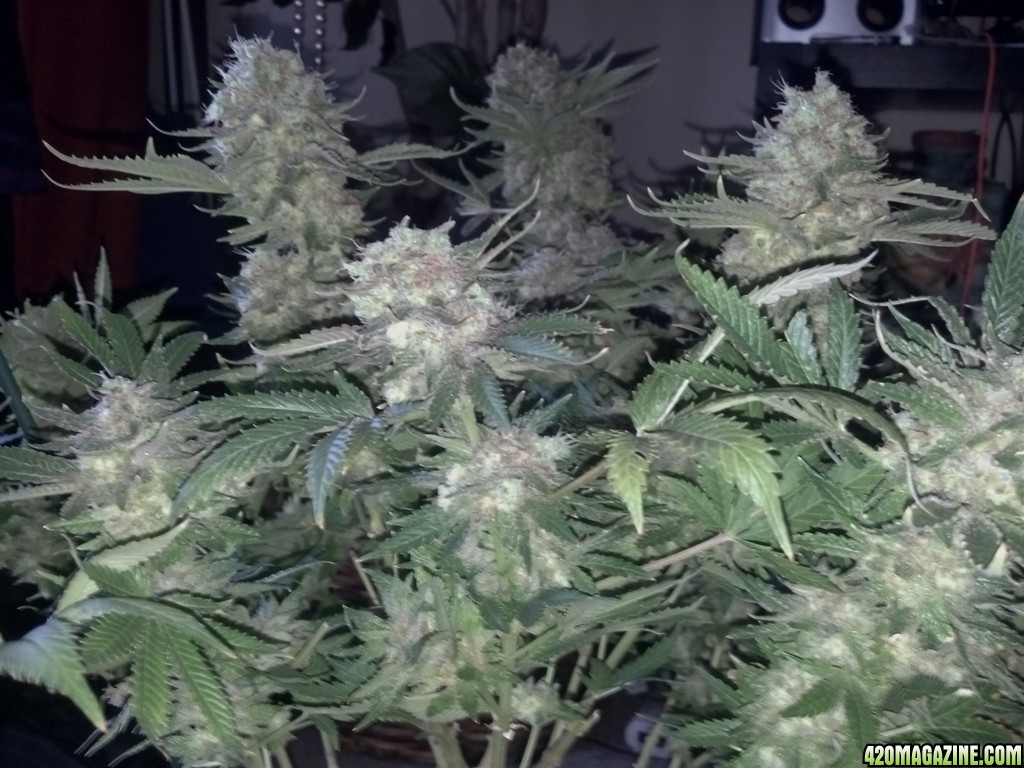
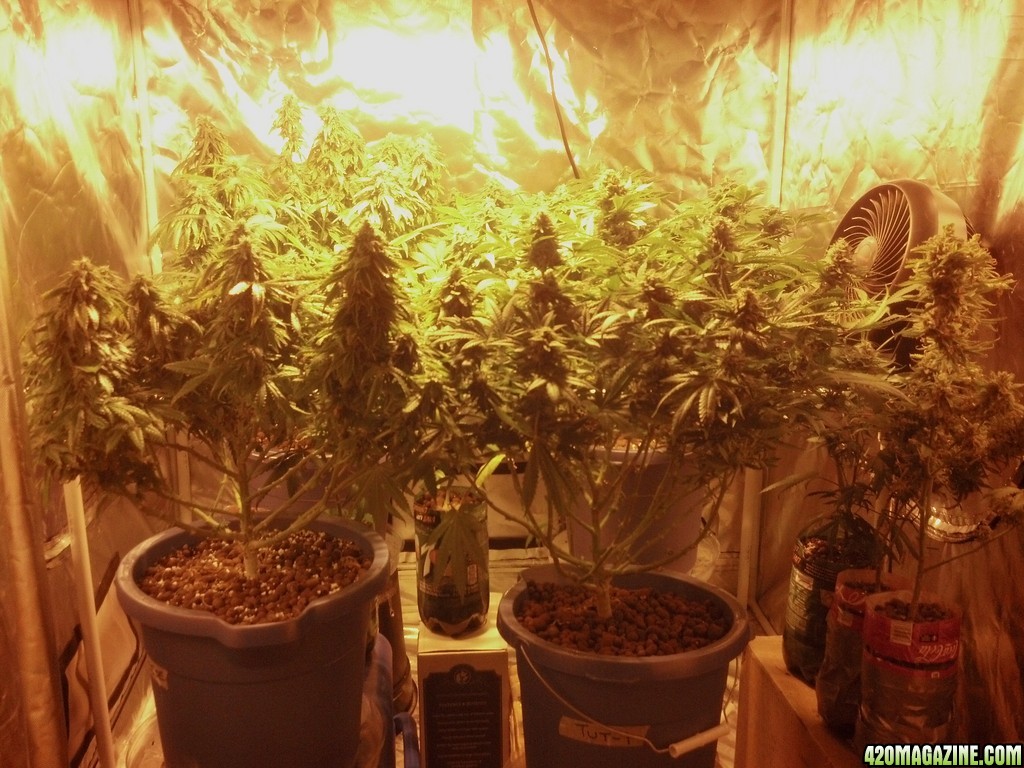
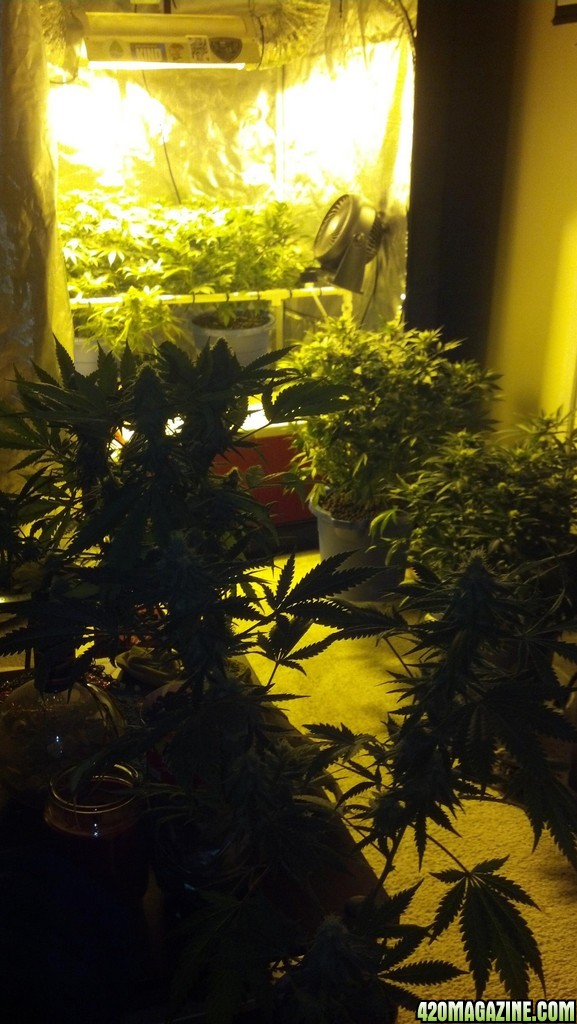
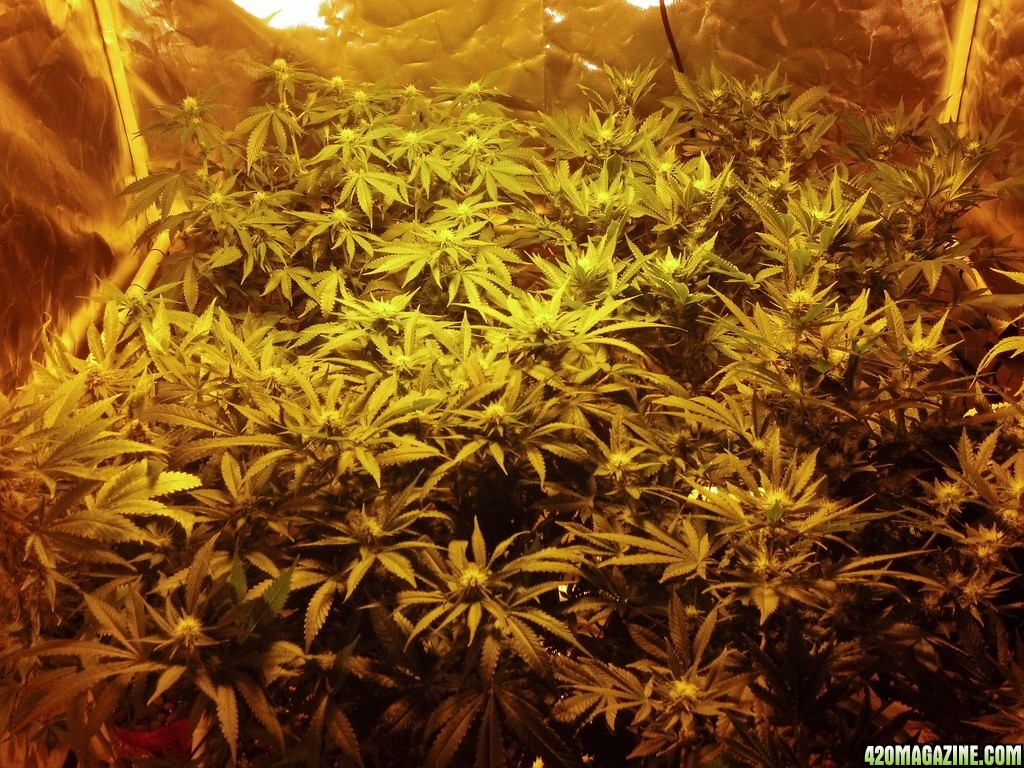

















 your just showing off now lol!!!
your just showing off now lol!!! 

your just showing off now lol!!!


 best of buds to you and yours Cajun!
best of buds to you and yours Cajun! 
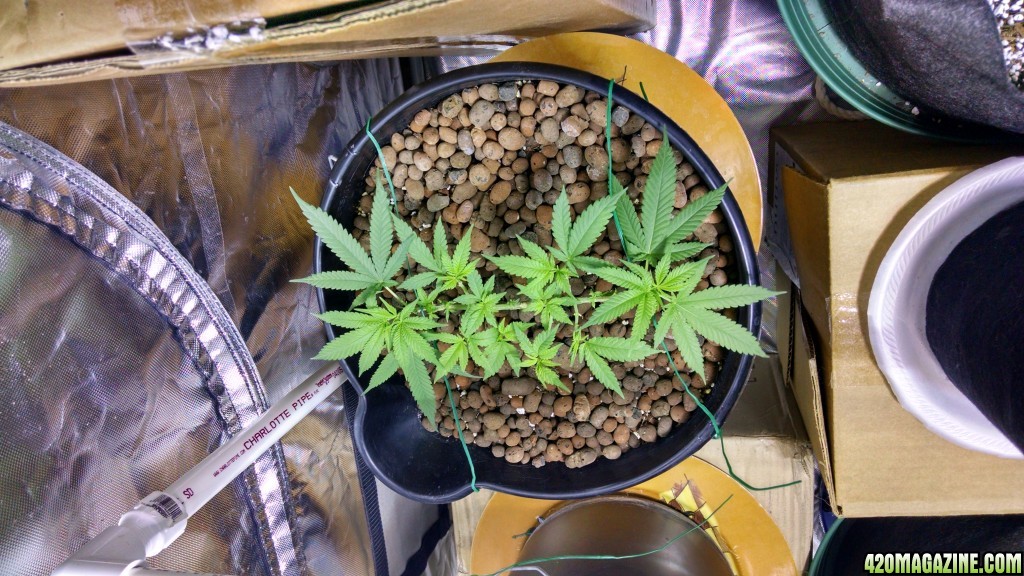
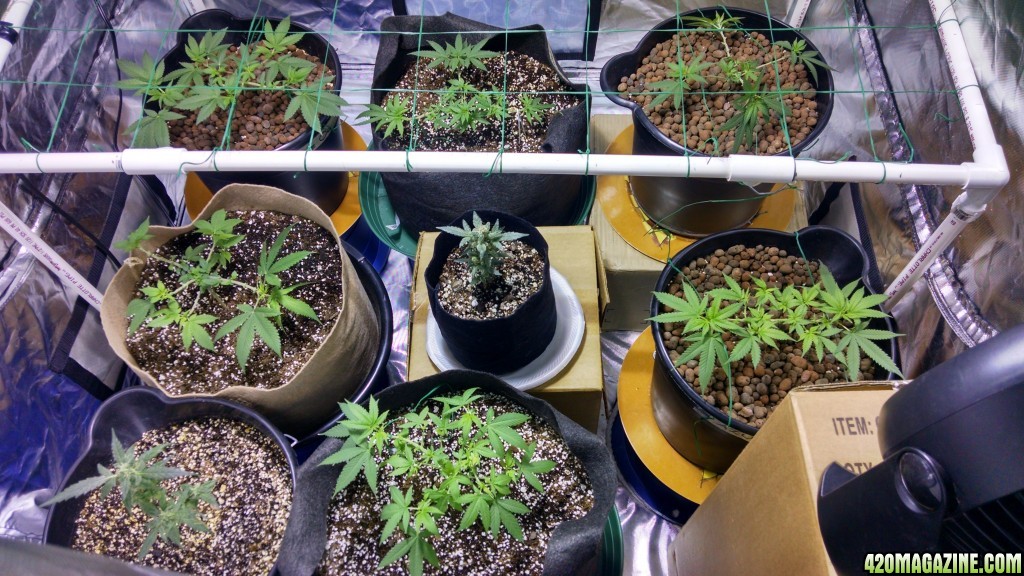

 looking good buddy!
looking good buddy!